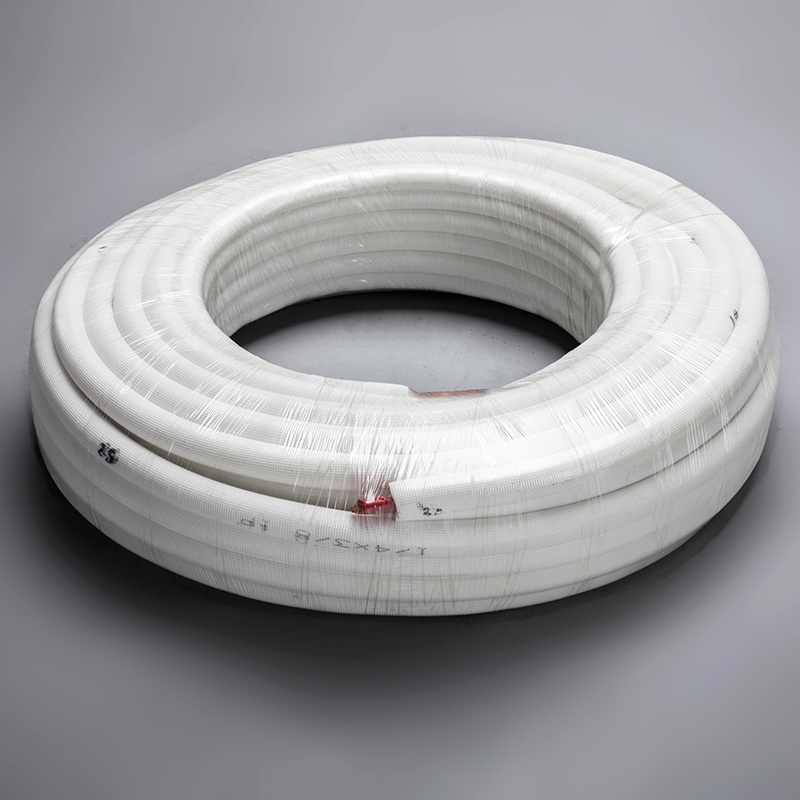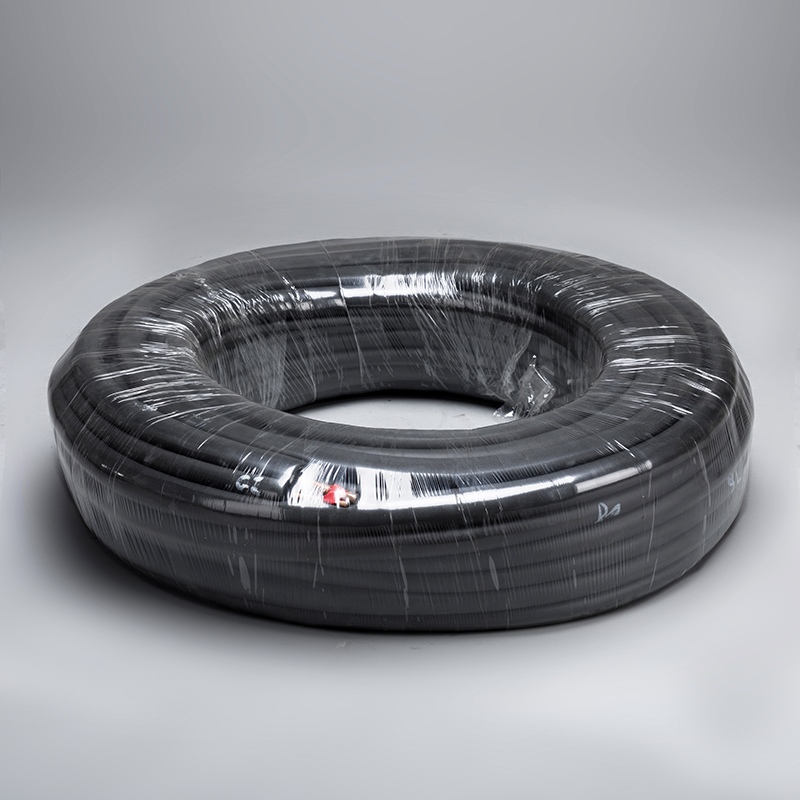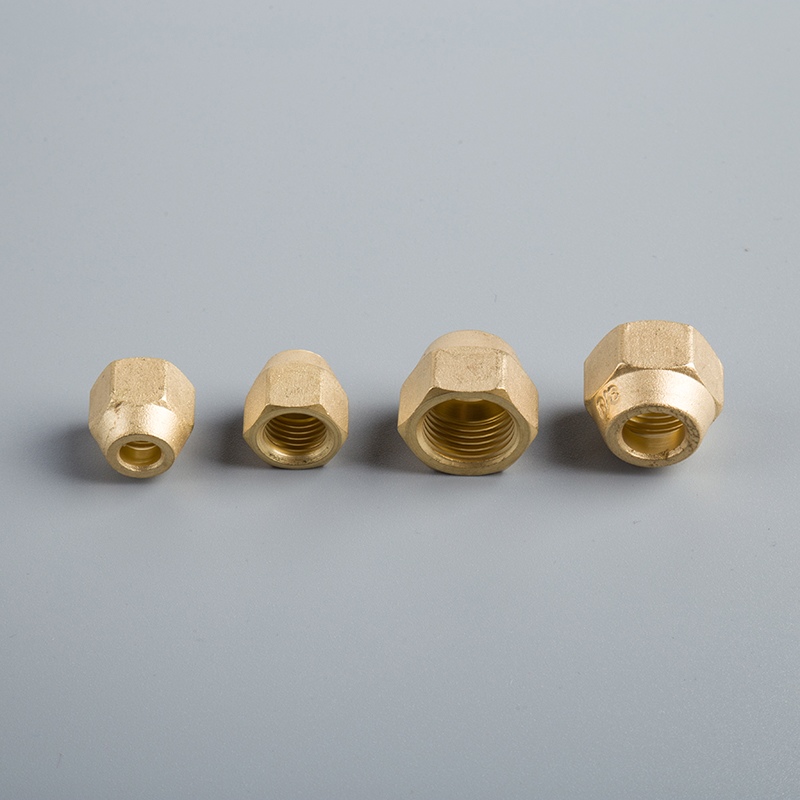Essential Safety Guidelines for Installing Twin Copper Pipes

Safety is paramount in any pipe installation project, as it ensures the well-being of everyone involved. Delve into the safety guidelines that should be followed when installing 1/4 3/8 twin copper pipe co. Adhering to key safety guidelines is not just a recommendation but a necessity for a successful and secure installation process. By following these guidelines diligently, individuals can prevent accidents and ensure a smooth workflow throughout the project.
Safety Preparation

When embarking on the installation of 1/4 3/8 twin copper pipes, it is crucial to Delve into the safety guidelines that should be followed when installing 1/4 3/8 twin copper pipe co. Understanding and implementing these guidelines ensure a secure and efficient installation process.
Gather Necessary Tools
To commence the project successfully, gather the essential tools required for the installation:
Pipe Wrench: This tool serves as a plumber's largest wrench, allowing for tightening and loosening nuts and fittings on pipework.
Tubing Cutter: An indispensable tool for cutting copper pipes accurately to fit specific measurements.
Flux and Brush: Essential for soldering joints securely.
Propane Torch: Used to heat the pipes during soldering.
Using the right tools is paramount in ensuring precision and efficiency throughout the installation process. Each tool has its unique purpose, contributing to a seamless workflow.
Wear Protective Gear
Prioritize safety by wearing appropriate protective gear during the installation:
Safety Shoes: Protect your feet from potential hazards like falling objects or sharp materials.
Gloves: Ensure hand protection against cuts, burns, or irritants.
Safety Goggles: Shield your eyes from debris or chemical splashes.
The benefits of protective gear extend beyond physical well-being; they enhance comfort and confidence while working on the project.
Delve into the Safety Guidelines
Understanding and adhering to safety guidelines are fundamental for a successful installation:
Follow proper handling techniques to prevent accidents or injuries.
Use conduit clips securely to support and secure pipes in place.
By comprehending these guidelines thoroughly, individuals can ensure a safe working environment throughout the installation process.
Installation Process

Proper Handling of Pipes
When it comes to the installation process, Delve into the safety guidelines that should be followed when installing 1/4 3/8 twin copper pipe co. Proper handling of pipes is essential to ensure a seamless and secure installation. Here are some techniques for handling pipes effectively:
Start by inspecting the pipes for any defects or damages before proceeding with the installation.
Carefully measure and cut the pipes to the required lengths using a tubing cutter for precision.
Avoid bending or kinking the pipes excessively as this can lead to weak points in the structure.
Safety measures for handling pipes play a crucial role in preventing accidents and ensuring a successful installation process:
Always wear protective gloves to protect your hands from sharp edges or hot surfaces.
Use proper lifting techniques when moving heavy pipes to prevent strain or injury.
Secure loose ends of pipes to prevent tripping hazards in the work area.
Correct Installation Techniques
To guarantee a flawless installation of 1/4 3/8 twin copper pipes, it is vital to follow correct installation techniques. Here is a step-by-step guide to help you navigate through the process smoothly:
Prepare the Work Area: Clear any obstacles and ensure proper ventilation before starting the installation.
Apply Flux: Use a brush to apply flux evenly on both surfaces that will be joined together.
Solder Joints: Heat the joint with a propane torch and apply solder around it, ensuring a strong bond.
Avoid common mistakes during installation that could compromise the integrity of your work:
Do not rush through the process; take your time to ensure each step is completed accurately.
Double-check measurements before cutting pipes to avoid unnecessary wastage.
Use of Conduit Clips
Conduit clips are indispensable accessories that aid in securing pipes during installation. Understanding their purpose and correct usage is crucial for a successful project:
Conduit clips serve as reliable supports for securing copper pipes in place, preventing movement or dislodgment.
To use conduit clips correctly:
Select clips that match the size of your pipes for a snug fit.
Securely fasten them onto walls or ceilings using appropriate screws for stability.
Post-Installation Safety
Upon completing the installation of 1/4 3/8 twin copper pipes, it is crucial to ensure thorough inspection and regular maintenance to uphold the integrity of the system. Inspecting the installation guarantees that all connections are secure and free from defects, minimizing the risk of leaks or malfunctions. Regular maintenance, on the other hand, prolongs the lifespan of the pipes and ensures optimal performance.
Inspect the Installation
To conduct a comprehensive inspection after installation, follow this checklist:
Check Joints: Examine all soldered joints for proper sealing and structural integrity.
Test for Leaks: Conduct a pressure test to detect any leaks in the system.
Verify Support: Ensure that conduit clips are securely fastened to support the pipes.
Inspect Surroundings: Look for signs of damage or interference around the installed pipes.
The importance of a thorough inspection cannot be overstated. It provides peace of mind knowing that your installation is safe and reliable.
Regular Maintenance
Maintaining your 1/4 3/8 twin copper pipe system is essential for its longevity and efficiency. Follow a structured maintenance schedule to keep everything in optimal condition:
Monthly Check-ups: Inspect visible pipes for any signs of corrosion or damage.
Biannual Cleaning: Remove any debris or buildup inside the pipes to maintain smooth flow.
Annual Professional Inspection: Have a professional plumber assess your system annually for hidden issues.
Regular maintenance offers numerous benefits, including improved performance, extended lifespan, and cost savings by preventing major repairs.
Delve into Safety Guidelines
Recapping key safety guidelines post-installation reinforces the importance of adherence to these protocols:
"Understanding and following safety guidelines is paramount in ensuring a secure pipe installation."
By adhering strictly to these guidelines, individuals can guarantee a safe environment throughout their project's lifecycle.
Emphasize the paramount significance of prioritizing safety guidelines throughout the installation process. Encourage strict adherence to these guidelines to ensure a secure and successful project outcome. By following these safety protocols diligently, individuals not only safeguard their well-being but also guarantee a seamless and efficient installation experience. Remember, safety is key to achieving optimal results in twin copper pipe installations.
See Also
Key Safety Tips for Installing Copper Pipe Coils
Top Tips for Handling Non-Standard 1/2' Copper Pipes
Crucial Advice for Utilizing 1/4 Copper Pipe Fittings


